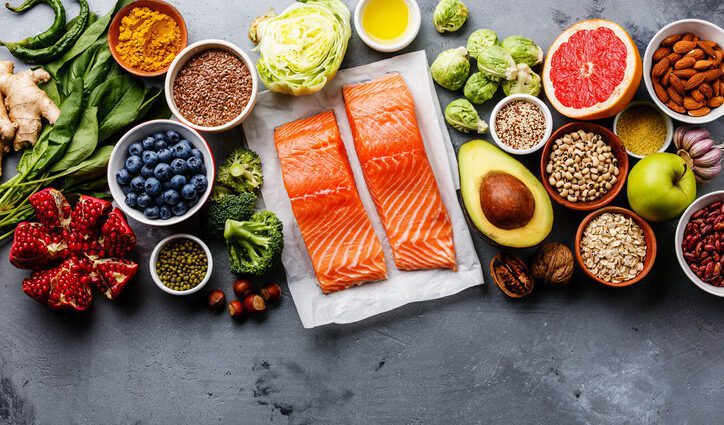While nutritionists recommend eliminating carbohydrates and switching to healthy foods, doctors advise against rushing.
In pursuit of ideal forms, we are so keen on proper nutrition that we do not even think about whether all products benefit our body. Anna Karshieva, a gastroenterologist at the Atlas Medical Center, told the whole truth about pseudo-healthy food. Take note!
Sea fish
It would seem how many nutrients there are in sea fish – and omega-3 fatty acids, and iodine, and manganese. These components reduce cholesterol levels and the risk of cardiovascular disease. But with an increase in the level of pollution of the World Ocean, mercury becomes even more in sea fish. Its accumulation in the human body leads to the development of neurological and other diseases. One of the record holders for mercury content is tuna. This fish is prohibited for pregnant women, lactating children, young children and those who are just planning a baby.
Bread
Bread crisps have emerged as a healthy alternative to regular bread. Manufacturers claim that they help to reduce weight: the dietary product swells in the stomach, so a person is quickly satiated. As a rule, they contain dietary fiber and fiber, which have a beneficial effect on the gastrointestinal tract.
But are all breads so useful? If made from regular white flour, then no. They can also contain starch, colorants and flavor enhancers. Lovers of buckwheat loaves need to drink several liters of liquid, because they dehydrate the body. And the most useful of the loaves – whole grains – when consumed excessively, cause flatulence and constipation.
Skim cheese
Advertising will tell us that such cottage cheese will not affect the size of the waist and will enrich the body with vitamins, calcium and protein.
In reality, calcium and vitamins A, D, E, which ordinary cottage cheese is rich in, disappear even at the manufacturing stage, since they are fat-soluble. If you want to reduce your fat intake, but keep the value of dairy products, choose products with optimal fat content: for milk, fermented baked milk, yogurt and kefir – 2,5%, for cottage cheese – 4%.
Yoghurts
Real yogurt made from natural milk and sourdough is really rich in beneficial microorganisms and is undoubtedly healthy.
However, there are a few “buts” that are important to consider in order not to do yourself more harm than good. Firstly, researchers are still arguing whether all these beneficial microorganisms reach the intestines, and if they do, they take root. Secondly, most of the yogurt on supermarket shelves contains a lot of sugar, which adds more harm to the product. Thirdly, preservatives are added to some yoghurts to increase the shelf life, which also negate the benefits of this ancient product.
Fruit
Since childhood, we are accustomed to the fact that eating an apple, orange, banana and other fruits is good and healthy, unlike, for example, sweets. There is some truth in this, since fruits contain trace elements that are important for the body, as well as fiber that is good for digestion. But another essential part of fruit is fructose, fruit sugar. Contrary to popular myth, fructose is not a healthy alternative to glucose. It is even more insidious: if the body needs at least some energy to process glucose, then fructose immediately enters the cells, and it is much easier to gain excess weight on it.
Another danger of fruit is in unscrupulous producers. During cultivation, chemicals are used to accelerate growth and ripening, and various additives make the fruit large and beautiful. The safest will be fruits with a peel, which is usually removed, most of the harmful substances accumulate in it. These are bananas, avocados, mangoes, kiwi, citrus fruits. But it must be remembered that excessive consumption of oranges or tangerines negatively affects the tooth enamel, stomach and intestines, and can cause a pseudo-allergic reaction.
Smoothies and fresh juices
This is the case when, by changing the form, we harm the content. Fiber is contained in the seeds, rind and core, which are removed in smoothies and juices. When a person monitors sugar consumption, freshly squeezed juices are not for him: for a glass of juice you need a large amount of fruit, which contains a lot of fructose, which was already mentioned above.
In nectars and fruit drinks, the percentage of the natural component is even less than in reconstituted juices, which means there are less vitamins and nutrients. And more sugar. Packaged juices contain even more sugar, as well as preservatives and dyes.










